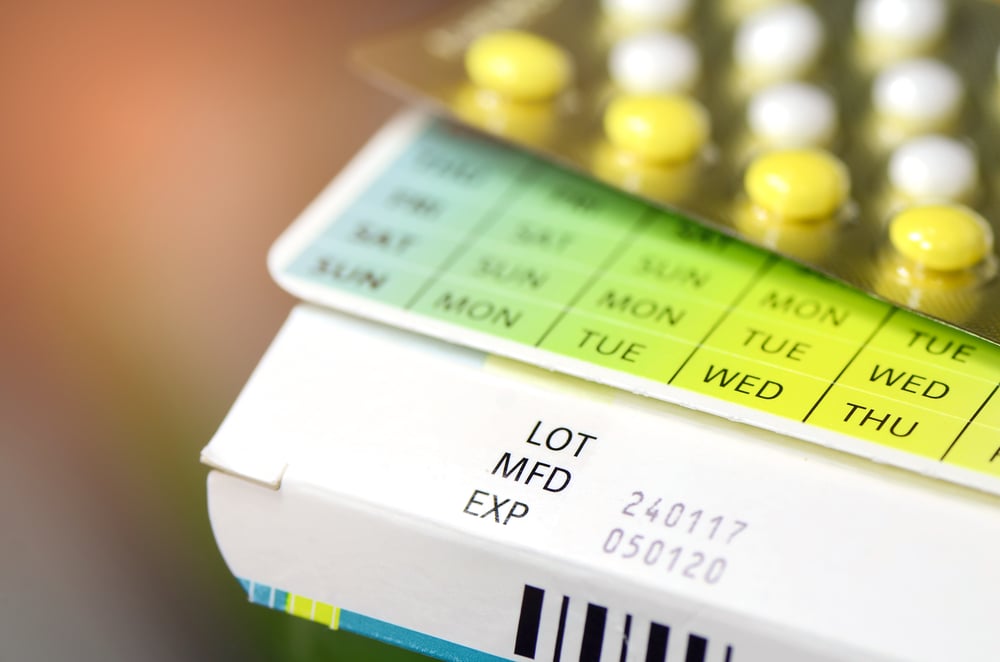
While packaging plays an important role in safely housing products across virtually all industries, in the case of pharmaceutical goods, it is difficult to overstate the importance of primary packaging (materials in direct contact with medical drugs).
In order to be suitable for storing and transporting sensitive medical products, packaging must be produced in a clean, controlled atmosphere. Materials must both be sterile, suitable in protective capacity and unable to alter the chemical composition of the drugs they contain. It’s also essential that packaging doesn’t degrade the product over time.
Key considerations for pharmaceutical packaging
In many cases, packaging is vital in informing consumers about essential drug information such as correct dosages and warnings, better safeguarding users and increasing the product’s overall safety
Further, packaging is used for serialising goods and tracing product origin. Unique serial numbers are assigned to each prescription unit sold, giving information on batch numbers and the product validity. This serves to prevent the counterfeiting of or the selling of unsafe/ineffective drugs.
As an additional safeguarding measure, pharma-grade packaging is often made with child-resistant opening mechanisms, reducing the risk of unwanted consumption.
Regulatory compliance
In the UK, there are strict guidelines for pharmaceutical packaging. The Medicines and Healthcare products Regulatory Agency outlines its guide on labelling, patient information and more online. It is essential that packaging manufacturers adhere to these rules to ensure the safe and legal trading and consumption of medical-grade products.
Identifying different types of pharmaceutical packaging
There are multiple types of pharmaceutical packaging, each with their own purpose and unique design elements. To help you on the path to better packaging for medical goods, explore these primary options:
Blister packaging
As a form of primary packaging, blister packs come into direct contact with the pharmaceutical product, shielding it from damage and contamination.
Blister packs are composed of separated cavities (or pockets) created from a formable web (in most cases, a thermoformed plastic). Often hemispheric in shape, the cavities are sealed with either a paperboard or aluminum foil layer. This separates solid goods such as pills and reduces potential for damage.
Bottling
A popular choice for pharmaceutical goods, bottles can be coloured to prevent contamination and degradation from UV rays. They’re often made safe with the addition of child-resistant lids.
Parenteral packaging
Parenteral packaging covers a range of products, such as vials, syringes, pens and ampoules. Often manufactured from PET plastic or glass, a number of processes are used to create solutions for housing parenteral pharmaceutical products, owing to the often delicate and precise nature of administering the drugs.
Cartons
Playing an essential role in informing consumers, neatly organising products and allowing for shipping and labelling, cartons add an extra layer of protection and make product identification quick and simple. They’re also essential in displaying instructions for use and serving as a branding opportunity for manufacturers.
A growing number of businesses are seeking to make their cartons as sustainable as possible, opting for fully recyclable goods (often made from recycled materials), and returnable options.
From fully recyclable packaging, to bespoke solutions for pharmaceutical products, we can offer the manufacturing, storage and delivery facilities to ensure your packaging needs are met. Email us at sales@allpack.uk.com, send us a message, or phone 01543 396700 today to discover how we can integrate process-efficient solutions into your business.